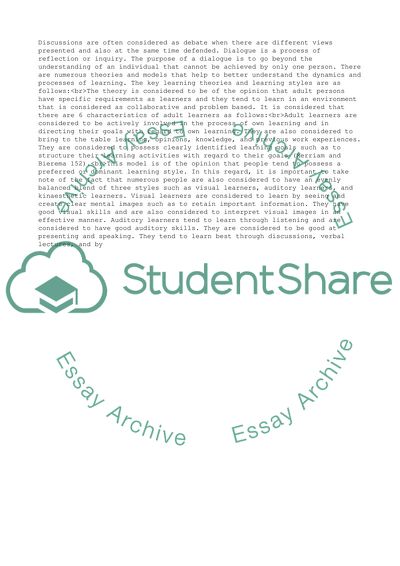Cite this document
(Human resource development Assignment Example | Topics and Well Written Essays - 3250 words, n.d.)
Human resource development Assignment Example | Topics and Well Written Essays - 3250 words. https://studentshare.org/human-resources/1817239-human-resource-development
Human resource development Assignment Example | Topics and Well Written Essays - 3250 words. https://studentshare.org/human-resources/1817239-human-resource-development
(Human Resource Development Assignment Example | Topics and Well Written Essays - 3250 Words)
Human Resource Development Assignment Example | Topics and Well Written Essays - 3250 Words. https://studentshare.org/human-resources/1817239-human-resource-development.
Human Resource Development Assignment Example | Topics and Well Written Essays - 3250 Words. https://studentshare.org/human-resources/1817239-human-resource-development.
“Human Resource Development Assignment Example | Topics and Well Written Essays - 3250 Words”. https://studentshare.org/human-resources/1817239-human-resource-development.


